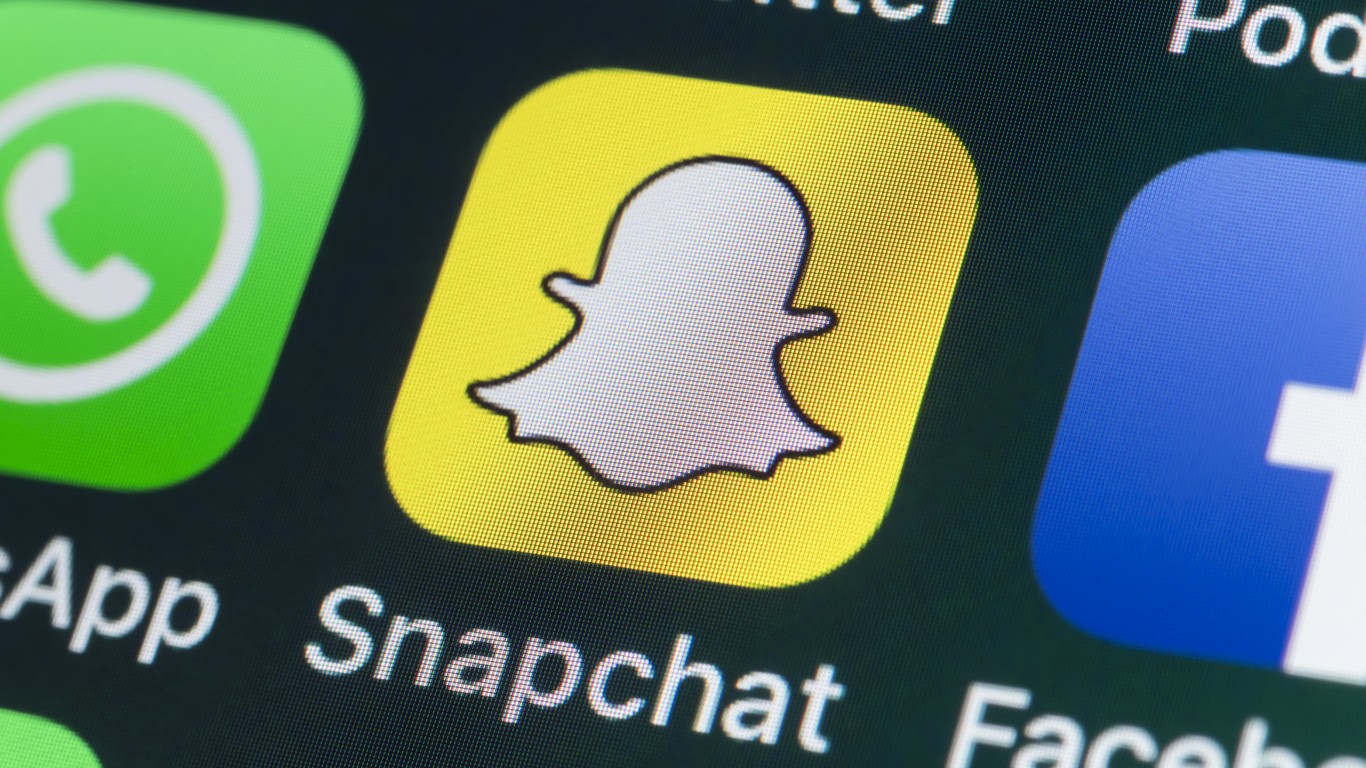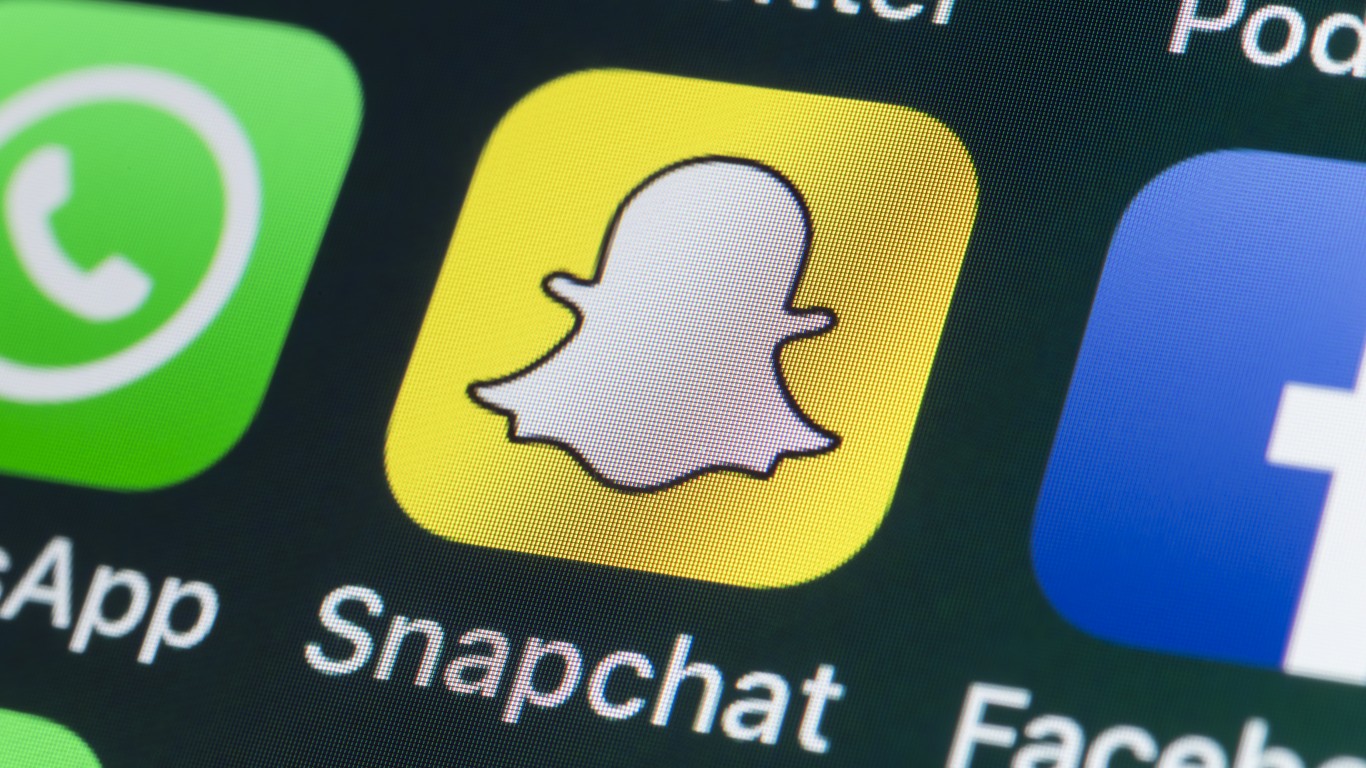
Snapchat was thought to be yesterday’s news in India, but recent data indicate that use of the popular photo-messaging app is growing significantly in the country.
Nana Murugesan, managing director, international markets for Snap Inc. (NYSE: SNAP), recently told the Press Trust of India (PTI) that in March the company saw a 120% increase in year-over-year growth in its daily active users (DAU).
“We have added new functions to the India team in our Mumbai office, with our first employees hired in the strategy and partnership team, sales and creative strategy team, as well as currently recruiting for our content team,” Murugesan told PTI.
Snapchat’s growth in India comes at a time when photo-messaging apps are encountering some skepticism. TikTok, the app from the Chinese company ByteDance, has faced a backlash in India after complaints about videos that appeared to condone domestic violence, animal cruelty, racism, child abuse and objectification of women.
TikTok’s rating in the Google Play Store plummeted as millions of individuals posted negative ratings. Ultimately, Google removed the negative reviews, Tech Crunch reported.
Adjusting for Cultural Relevance
Snap has certainly taken note of that situation. “That’s why our team in India continues to focus on culturally relevant product developments, creative tools, community engagement, and partnerships,” Murugesan said.
The social media platform now offers support in five additional languages. It also introduced creative tools to celebrate cultural events and festivals, added more official lens creators and brought Indian celebrities aboard.
The company will also hold its first Lensathon in India, an online hackathon in which participants create augmented reality (AP) experiences using Lens Studio.
Evan Spiegel, co-founder and chief executive of Snap, says cameras and AR will transform the way people use computers.
A Changing Role for Computing
Speaking earlier this month as part of the J.P. Morgan 48th Annual Virtual Global Technology, Media and Communications Conference, Spiegel said the Snapchat camera understands its user base and the types of content they want to engage with.
“When computers can fully understand the world around you, the context that you’re in, and also understand who you are,” Spiegel said, “they can get better and better at recommending different experiences and helping you solve problems, and that will be part of this big shift away from input-based computing.”
Calling typing a “high friction” way of interacting with computers, he said cameras using augmented reality will become an important and more efficient way of engaging with them. As artificial intelligence grows, computers will suggest experiences to people based on who they are and the context they’re in.
“The cameras are absolutely critical to that understanding of the world and of who you are,” Spiegel said. “So that’s why we think the camera is so important. And then what we can do is build on top of this understanding of the world with all these different augmented reality experiences.”
A Shift From Entertainment to Efficiency
Most AR is focused on entertainment, he said. But in the next three to five years, that is likely to shift from AR as a way to spend time to AR as a way to save time.
Tim Cook, chief executive of Apple Inc. (NASDAQ: AAPL), sang the praises of AR three years ago in an interview with The Independent. He said AR could be as big of an opportunity as the smartphone was.
“I think AR is that big, it’s huge,” Cook said. “I get excited because of the things that could be done that could improve a lot of lives — and be entertaining.”
Spiegel certainly seems to agree.
“I think this is really the beginning of, you know, helping cameras understand the world around you and therefore helping computers understand the world around you and provide added value experiences,” he said.
Despite its troubles in India, TikTok has been gaining in popularity around the world, especially in the 13-to-34 age group. Although Snapchat also seeks engagement with that demographic, Spiegel said TikTok had been more of a partner than a competitor. He made the statement before TikTok announced the high-profile hiring of Kevin Mayer, who handled a number of important initiatives at Walt Disney Company (NYSE: DIS), including the launch of Disney+.
“TikTok is much more focused on entertainment and really driven by user-generated content, premium user-generated content,” Spiegel said. Snapchat emphasizes users’ friends and family members, helping them to stay in touch.
“I think the important thing in our industry is to always learn from the amazing innovations and products that other people build and make sure that you know we’re integrating those learnings into our products in the way that we’re thinking about our business,” he said.
Winning Favor on Wall Street
Wall Street remains generally positive about Snap, which posted impressive first-quarter results in April.
The company said that it had a net loss of $0.08 per share and $462 million in revenue, compared with consensus estimates that called for a net loss of $0.07 per share and $431.43 million in revenue. The same period from last year had a net loss of $0.10 per share and $320.43 million in revenue.
In the quarter, DAU increased to 229 million, compared with 190 million in the first quarter last year. On average, more than 4 billion Snaps were created each day in the first quarter of 2020.
Like many stocks, Snap slumped in mid-March, dropping below $9 a share when the COVID-19 crisis forced millions of people to stay home. Since then the share price has been on a generally upward slope, closing at $17.41 on Tuesday. The stock’s 52-week high is $19.75.
Travel Cards Are Getting Too Good To Ignore (sponsored)
Credit card companies are pulling out all the stops, with the issuers are offering insane travel rewards and perks.
We’re talking huge sign-up bonuses, points on every purchase, and benefits like lounge access, travel credits, and free hotel nights. For travelers, these rewards can add up to thousands of dollars in flights, upgrades, and luxury experiences every year.
It’s like getting paid to travel — and it’s available to qualified borrowers who know where to look.
We’ve rounded up some of the best travel credit cards on the market. Click here to see the list. Don’t miss these offers — they won’t be this good forever.
Thank you for reading! Have some feedback for us?
Contact the 24/7 Wall St. editorial team.
 24/7 Wall St.
24/7 Wall St.



